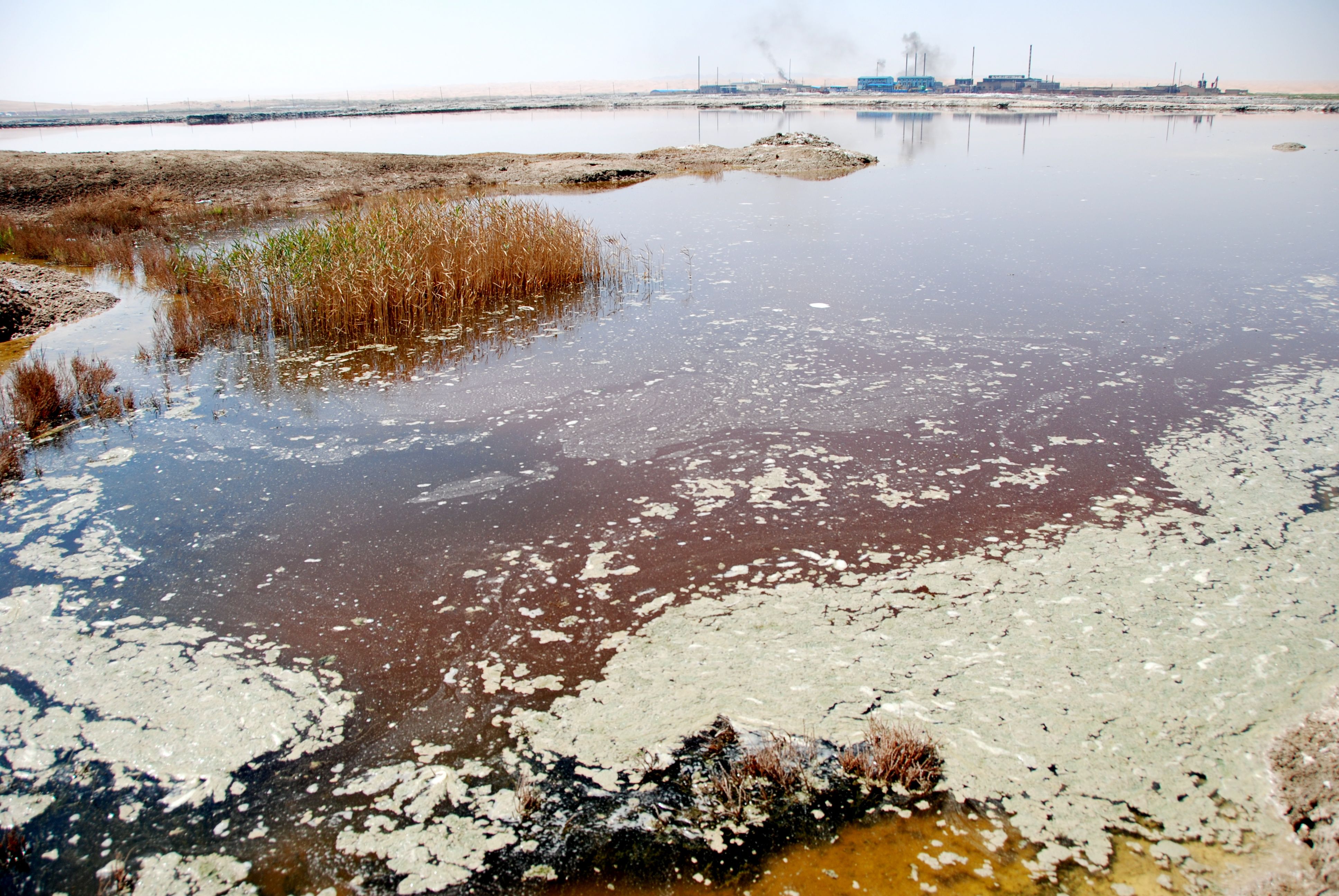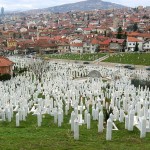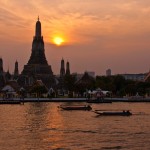Every few weeks, alarming news reaches us from China about subjects as diverse as corruption scandals, poisoned baby milk powder and train wrecks caused by construction failures. Less often mentioned but equally pressing, is China’s growing water crisis.
According to FAO measures, a region suffers from “absolute water scarcity” when its citizens have less than a yearly 500 m3 of renewable freshwater available per person. China’s average is currently 400 m3, with extremes falling as low as 100 m3 in Beijing – a figure roughly similar to that of Saudi Arabia. Surveys show that over half of the Chinese large rivers have vanished since the 1950s, mostly due to agricultural and industrial overexploitation, but also because of urban overconsumption and climate change. These figures are further exacerbated by sharp regional differences, where the water-abundant south holds four fifths of the nation’s water resources, while the north has less than a remaining fifth – even though 40% of the people and 60% of all farmland are situated there. Not only is the quantity of China’s water a cause for alarm, the quality is also so dismal that the World Bank estimates it chips 2.3% off GDP every year due to health-related consequences. A stunning 70% of all groundwater in northern China should not come into human contact (including washing and drinking) without special treatment, for example, and only half of the tap water sources available to Chinese citydwellers routinely pass drinking water safety standards.
The so-called “hydro-industrial power complex,” a legion of avid water engineers at the state-level, has been trying to tackle these problems by building scores of dams in the past decades. Since the Communist Party’s rise to power in 1949, over 88,000 dams have been built both in the country itself and abroad, where China is a world leader in hydropower. The current number of large dams in China (including the controversial Three Gorges Dam on the Yangtze river) even exceeds that of all other large dams in the world put together. The most recent mega-project being constructed is the South-to-North Water Diversion Project (or SNWDP, ??????Nánshu? B?idiào G?ngchéng), an 80 billion dollar scheme in which the two biggest Chinese rivers (the Yangtze and Yellow River) will be connected via an intricate system of more than 3200 km of tunnels and canals. Divided in an eastern, central and western route, the project will in the end carry a yearly 45 billion m3 water from the lush south to the arid north. The idea was first mentioned by Mao Zedong who was of the opinion that the south had more than enough water and that “it would be good to borrow some.” Since the SNWDP’s official construction start in 2002, large stretches of the eastern and central route have been completed, but a host of problems have delayed their finalization. As for the controversial northern route, construction has not even started yet since it would have to be built straight across the frail, earthquake-prone Tibetan plateau in extreme climatological circumstances. Even official sources have admitted that more engineering research is needed before any work can commence.
While the project is already well under way, environmental activists remain highly skeptical of the scheme – with one think tank stating that it would even be cheaper to desalinate the equivalent amount of seawater. Alarming pollution issues have also affected test runs on the two first routes: in some places, healthy fish placed in a tank of the diverted water were found dead within 10 minutes. Vast sums of money have already been spent in purifying the water coming from the Yangtze, into which over 10,000 petrochemical factories dump their toxic waste. Furthermore, because of the marked difference in ecosystem between the Yangtze and Yellow River, connecting the two could prove disastrous for their biodiversity. Already, plankton levels in the Yangtze have diminished by two thirds and river-bottom organisms have decreased by half. Other concerns focus on the hundreds of thousands of people being forced to relocate along the routes of the project (receiving only little compensation and a warning not to cause trouble) or on recent droughts in the south, which place a question mark behind Mao’s claim that there actually is excess water to borrow.
Instead, activists say that the solution for China lies not in tinkering with supplies by shipping water across the country, but rather in reducing consumption and managing existing resources. This could for example be done by raising water prices, as current prices (just over a fourth of what the average European pays) are so low that there is little incentive to avoid waste. Another solution would be to fine polluters more heavily, or to increase water recycling – compared to the average 85% in developed nations, Beijing currently treats only 15% of its industrially used water. If these issues were improved, it could already vastly expand the quantity of available water to a nation thirsty for more.
Text: Eva Corijn
Cover photo: Bert van Dijk @Flikr





